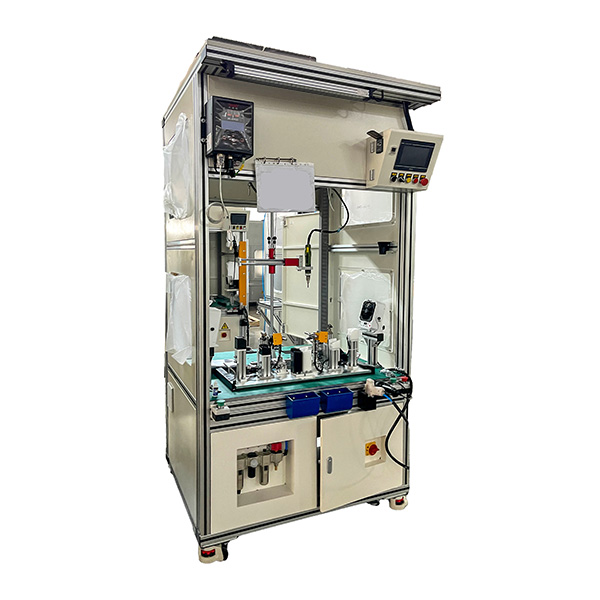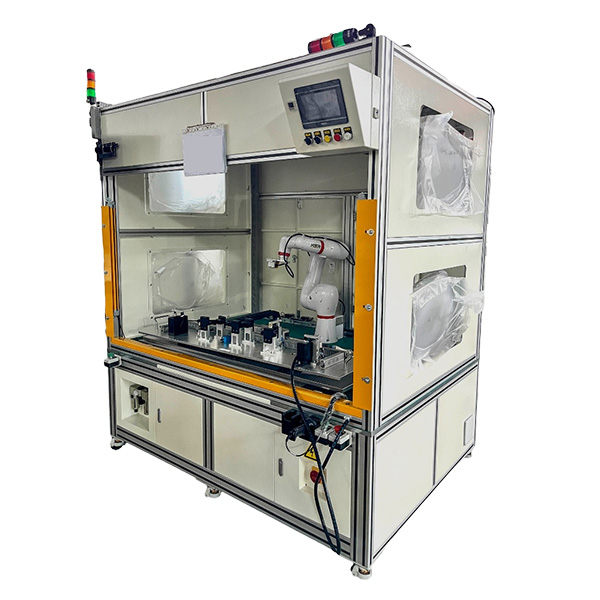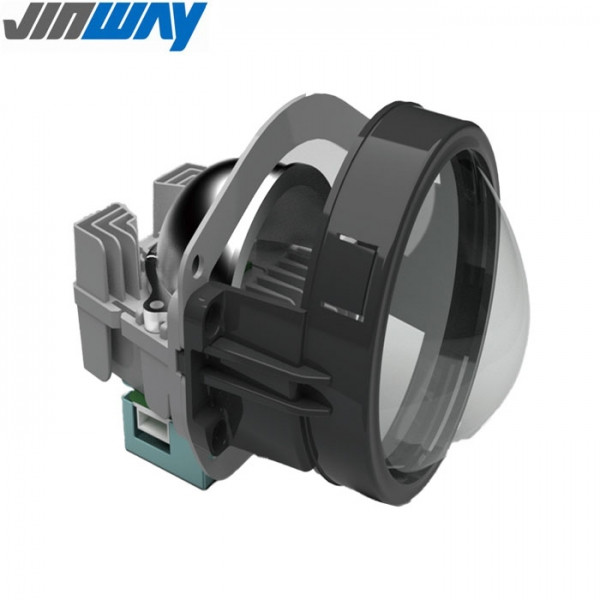Designing Custom Automation for Complex Assembly Lines: A Behind-the-Scenes Look
As manufacturing becomes more diversified and product variations increase, the demand for customized automation solutions is growing rapidly. Standardized machines often fall short in addressing the complexities of modern assembly lines, particularly in industries like automotive, electronics, and precision optics. At Jinway Technology Co., Ltd., we focus on designing and delivering tailor-made automation systems that integrate seamlessly into complex production environments. This article offers a behind-the-scenes view into how custom automation is developed—from client requirements to final commissioning.
Understanding the Complexity of Modern Assembly Lines
Today's assembly lines are no longer linear, repetitive setups. They are multi-station, sensor-driven, and require flexible configurations to accommodate varied product types, real-time data tracking, and quality assurance checks. These lines often involve intricate motion control, multi-axis positioning, robotic coordination, and vision-based inspection systems. Off-the-shelf solutions rarely meet such unique requirements, which is why custom automation has become essential to maintaining efficiency and competitiveness.
Gathering Customer Requirements
The first step in any custom automation project is a comprehensive understanding of the customer’s production goals, technical constraints, and long-term scalability needs. This involves close collaboration with process engineers, production managers, and sometimes even product designers. At Jinway, our engineering team conducts site evaluations, product flow analysis, and feasibility studies to gather a clear picture of the project scope. These inputs shape the technical specifications that form the foundation of the design process.
Concept Development and Design
Once the requirements are finalized, we begin creating the initial design concepts. This includes mechanical design, motion system planning, electrical schematics, and software architecture. Advanced tools such as CAD modeling and simulation software help visualize the layout, identify bottlenecks, and ensure component compatibility. Concepts are reviewed with the client to gather feedback and incorporate any operational preferences. At this stage, we also identify integration points with existing equipment or upstream/downstream systems.
Prototyping and Proof of Concept
Before full-scale manufacturing begins, we often develop a prototype or proof-of-concept module. This allows both the client and our team to validate the critical motion sequences, control logic, and sensor performance. Prototyping reduces risk and uncovers hidden issues early in the process. It also allows for optimization of ergonomics, user interfaces, and part handling mechanisms. For complex tasks like photometric inspection or multi-part assembly, this phase is crucial to ensure accuracy and repeatability.
Full-Scale Production and Assembly
Following successful prototyping, we move into full production of the custom automation system. Our in-house capabilities cover mechanical fabrication, electrical panel building, precision assembly, and software development. During this phase, our quality control team verifies every module for dimensional accuracy, alignment, and safety compliance. Integration of subsystems—such as robotic arms, sensors, cameras, and PLCs—is done with strict version control and performance testing.
System Integration and Testing
After the build phase, the full system is assembled and tested at our facility under simulated production conditions. This includes dry runs, functional testing, and error recovery simulations. We invite the client’s technical team to participate in the Factory Acceptance Test (FAT), where they evaluate performance against key metrics such as cycle time, defect detection rate, and uptime. Any adjustments or enhancements are implemented before final approval for shipment.
On-Site Installation and Commissioning
Once the equipment passes all in-house testing, it is transported to the customer’s facility for on-site installation. Our engineers handle the setup, alignment, calibration, and integration with MES or SCADA systems. We also provide operator training, maintenance guidance, and process documentation. Commissioning concludes with a Site Acceptance Test (SAT), where real-world production trials are conducted to ensure system readiness.
Long-Term Support and Upgradability
A key feature of our custom automation solutions is their long-term supportability and modular upgrade potential. We design our systems with accessible maintenance points, remote diagnostics, and software flexibility. This allows clients to expand functionality, add new product variants, or adapt to process changes without major overhauls. Our support team provides remote troubleshooting, spare part management, and periodic system audits to ensure ongoing performance.
Meeting Industry Challenges Through Customization
Whether the goal is to increase throughput, improve consistency, or reduce manual labor, custom automation is a strategic investment. In industries with strict compliance standards, such as automotive lighting and optics, precision and traceability are non-negotiable. Jinway’s ability to engineer solutions specific to each production challenge enables our clients to achieve high performance without compromising on quality or scalability.
Conclusion
Designing custom automation for complex assembly lines is a multidimensional challenge that requires technical expertise, project management, and a deep understanding of manufacturing processes. At Jinway Technology Co., Ltd., we pride ourselves on building systems that not only meet technical requirements but also align with our customers’ operational goals. Through a rigorous and collaborative approach, we deliver automation that evolves with the industry and supports long-term success.







